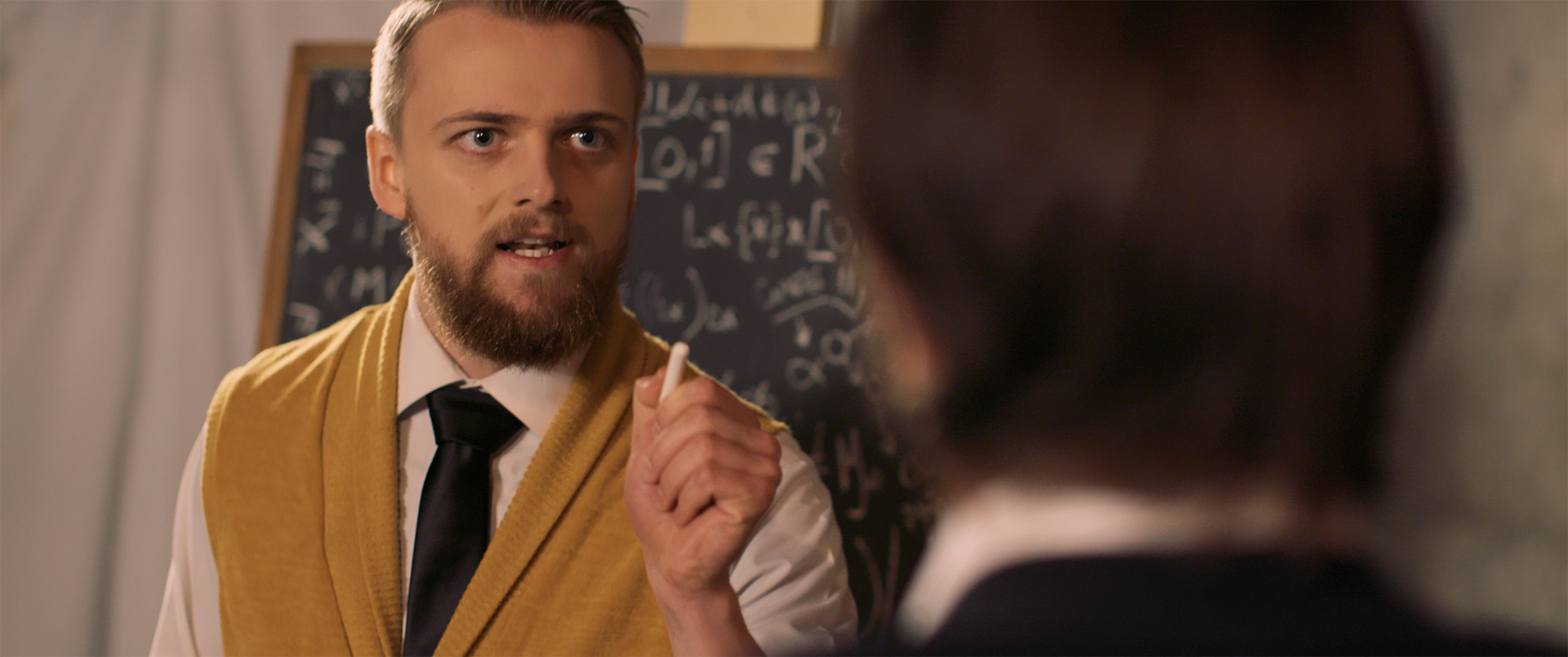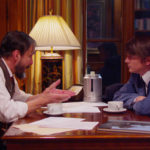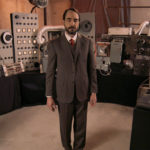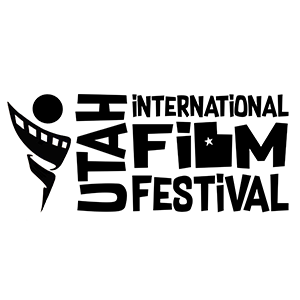The Disintegration Machine




The Disintegration Machine directed by Peter C. Davidson is a film adaption of Sir Arthur Conan Doyle’s short story with the same name. First published in The Strand Magazine in January 1929, the story is about the discovery of a machine that is capable of disintegrating objects and reforming them as they were. Although the characters and the plot are similar, the details have been rewritten and there is a novel touch to the story. This film with a beautiful cinematography and succinct content complemented by a brilliant score is a work of art.
Malone, a reporter looking for a big story that could give him a big break inadvertently sneaks into the Professor Challenger’s chambers who instinctively pulls out his gun targeting him. Professor after complaining about his rough day in Washington narrates a way to disarm a bomb in flight which was not possible until recently. Theodore Nemor comes into the picture, a Latvian inventor who had designed the disintegrating machine which breaks down anything into molecules and can put them back together. Although Malone thinks the machine could be a hoax, he accepts to accompany Professor Challenger to go see the machine the next day.
As Nemor welcomes the duo, he gets right into the details of the machine that he is rightfully proud of. When Professor is tired of taking any more of this overweening behaviour of Nemor, he asks if he could get a demonstration of the machine to which the inventor agrees. After tuning the machine to suit the object that is an apple at first, Nemor makes the apple disappear and then integrate it again which perplexes Malone, but not the Professor. When Professor with his scepticism postulates the existence of some magic or a trick, Nemor accepts the challenge and wants to demonstrate the disintegration on Malone. The curiosity of Malone makes him accept to be the subject of the demonstration and he undergoes the process with no memory of ever getting disintegrated. Nemor explains that every cell of his body had been disintegrated and reformed again including his memory, which makes it possible for the subject to feel no difference. Professor Challenger wants to try the disintegration on himself and when he is disappeared, Nemor and Malone have a little conversation which throws Malone into thinking that his friends will never be brought back again, but nothing as such happens.
With a brilliant portrayal of Nemor, Walter Mirkss puts forward an amazing acting that reveals the villainous nature of the character who wishes to use the intelligence of Challenger by threatening the duo with a revolver. The genius that the Professor is, tunes the so that the head of the machine faces the operator when Nemor is conversing with Malone, which saves the life of Malone when a rift breaks between and resulting in the disintegration of Nemor.
The Disintegration Machine turns out to be a great film watching experience with spectacular settings, captivating background music, and authoritative performances by Tanner Gillman, Walter Mirkss, Kelly Wanberg. The handheld shooting technique has been put to great use to invoke the unflinching nature of Professor Challenger, meekness of Malone and the deceptiveness of Nemor; each character has been imagined with great creativity and this film deserves to be a tribute to the original short story.





